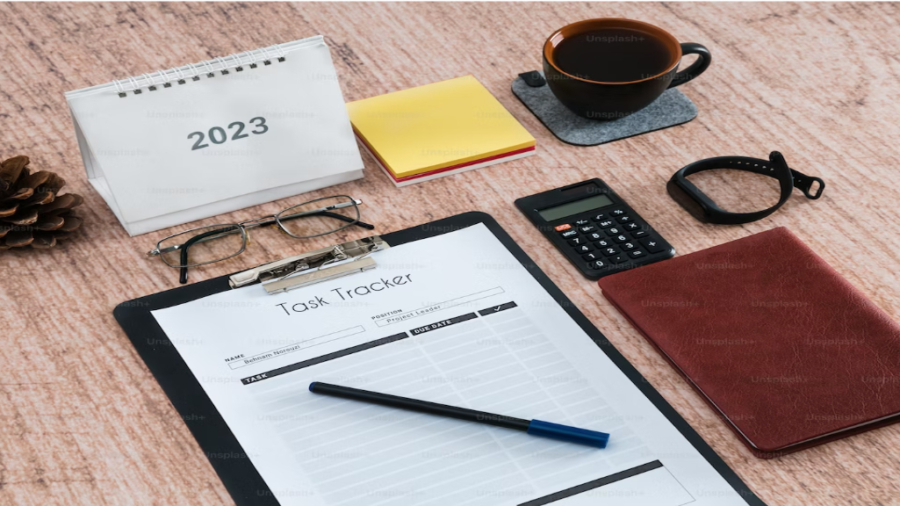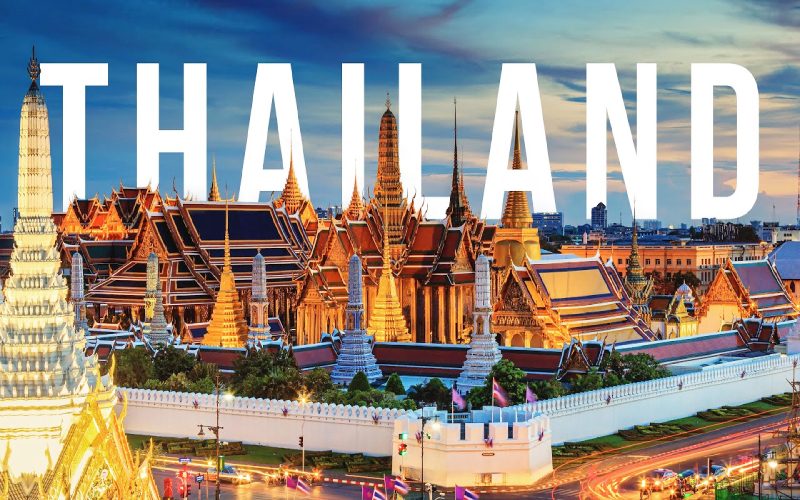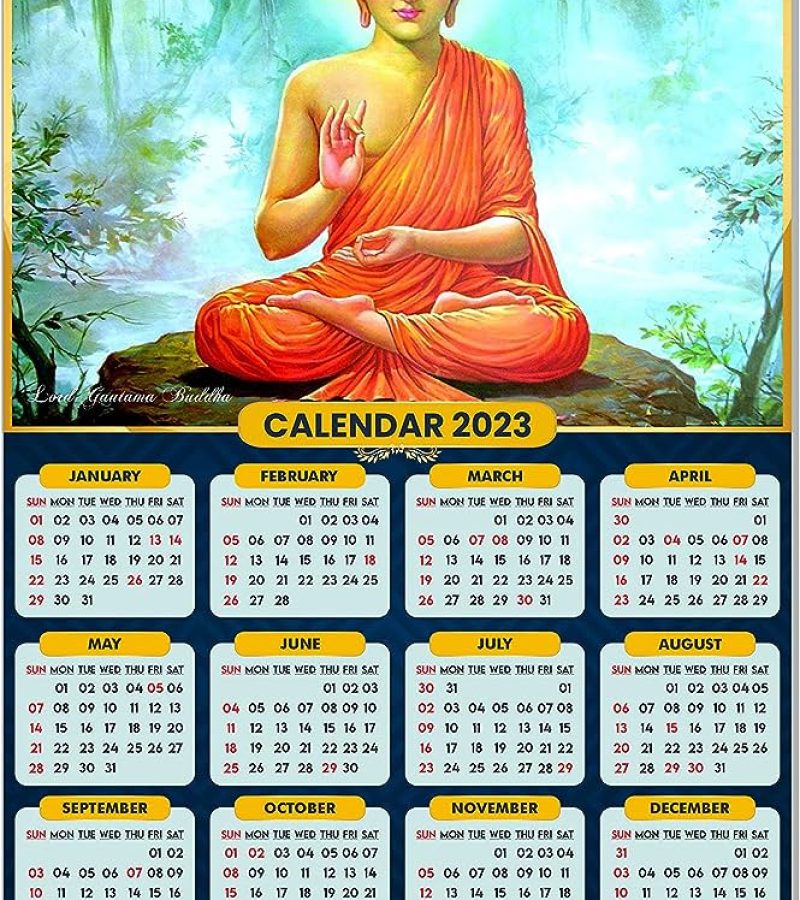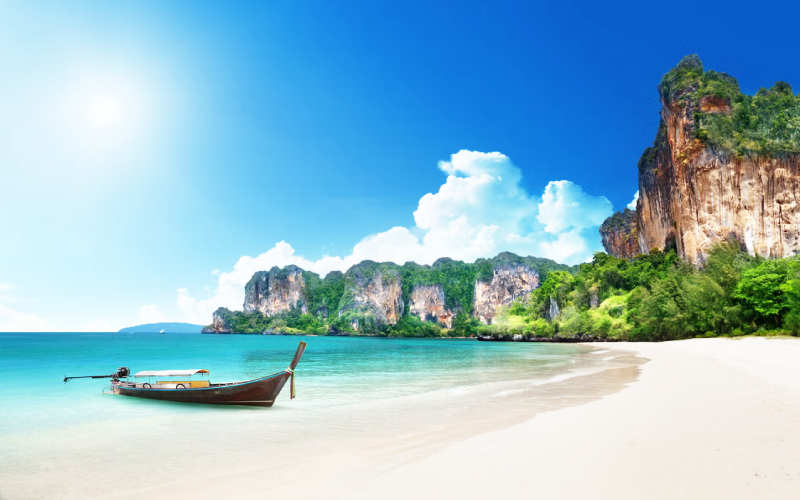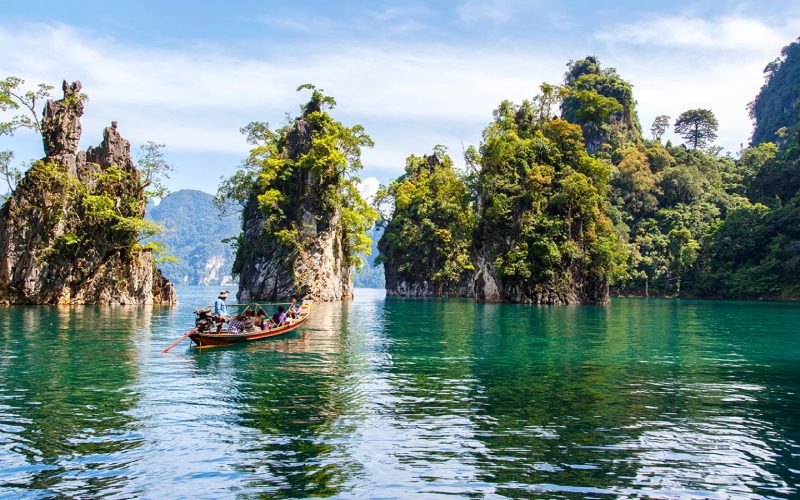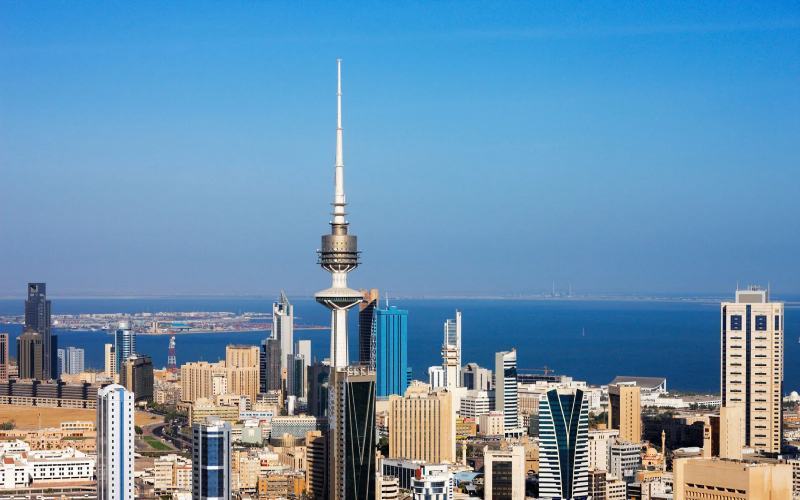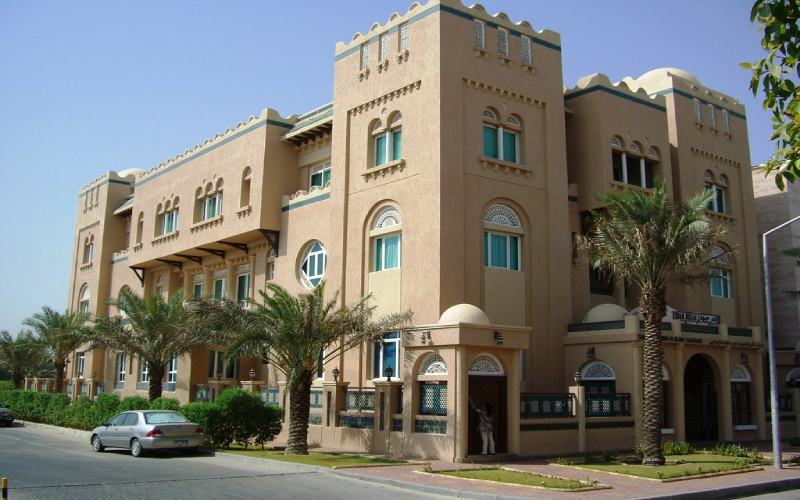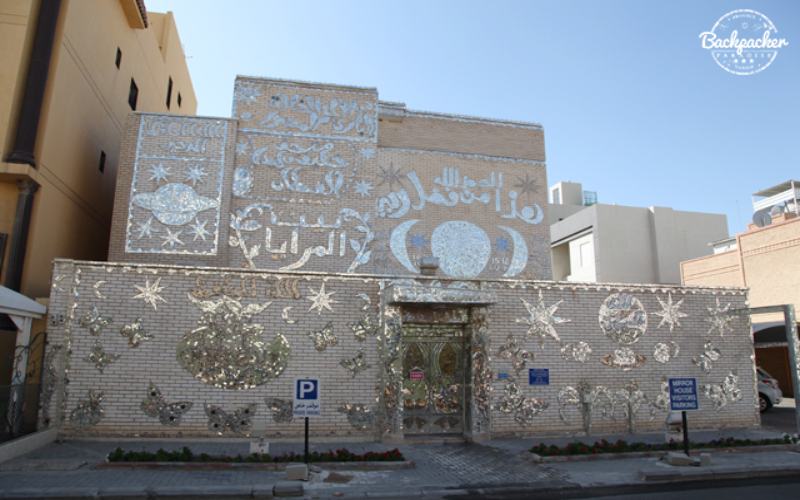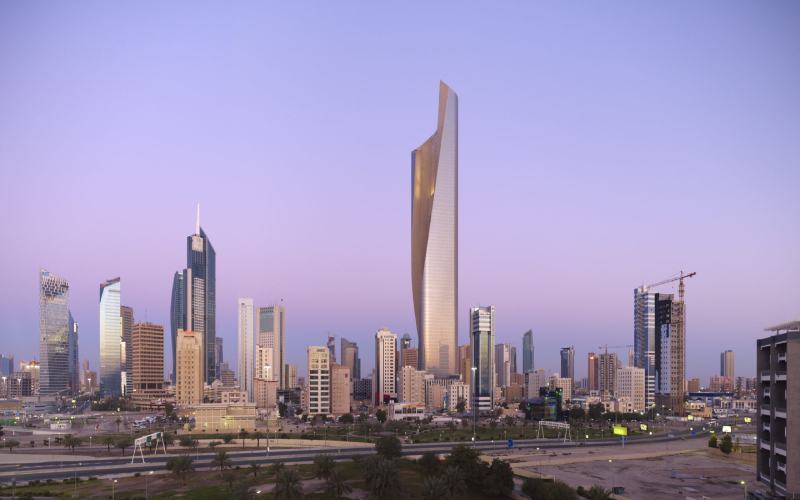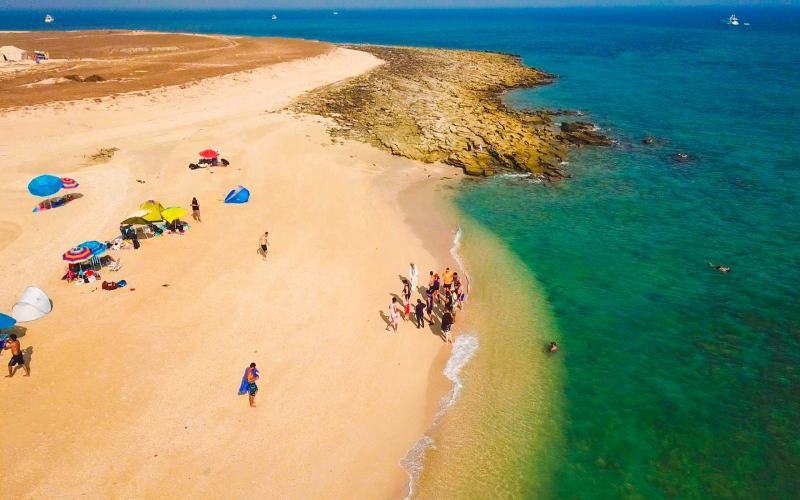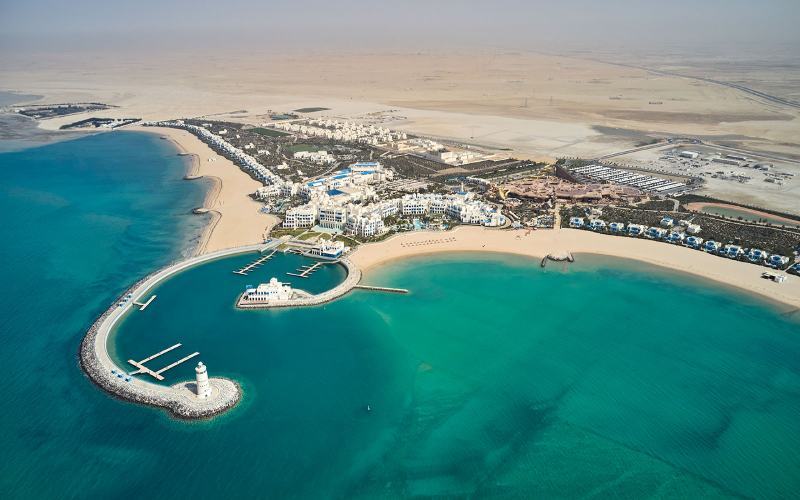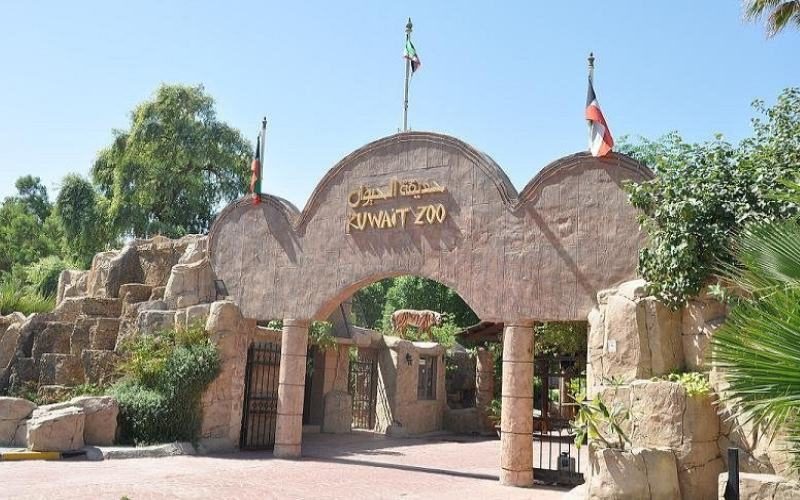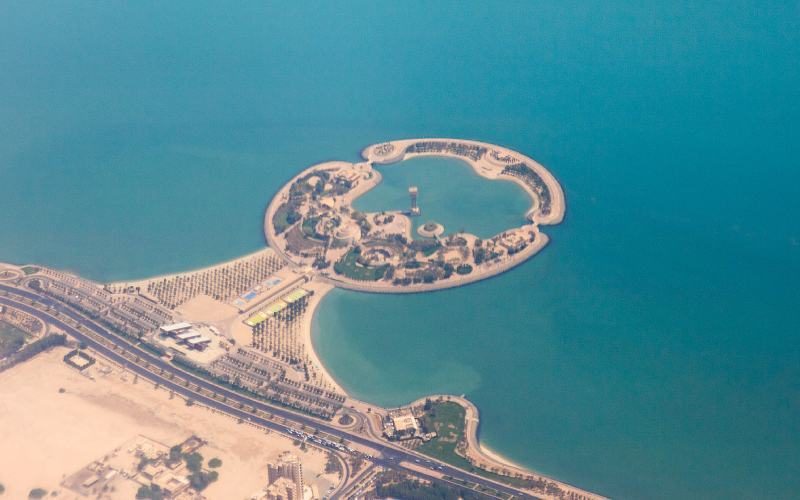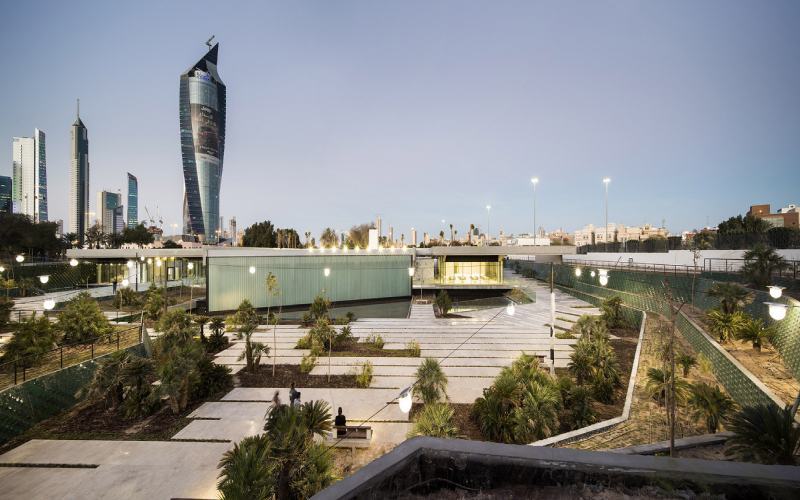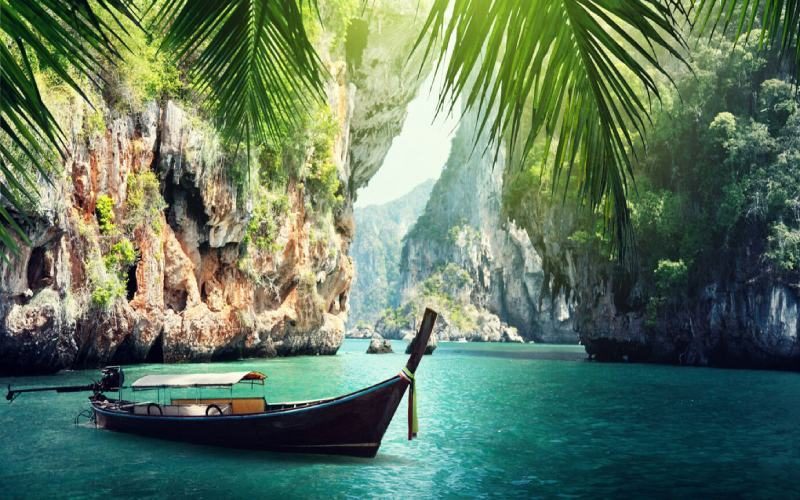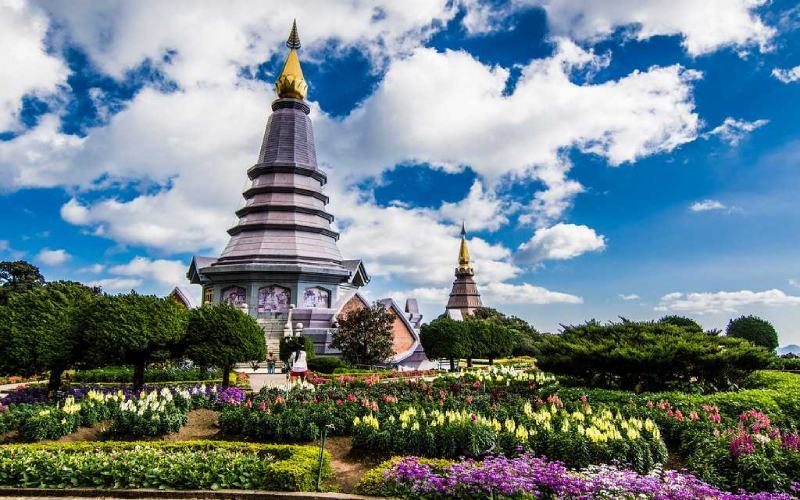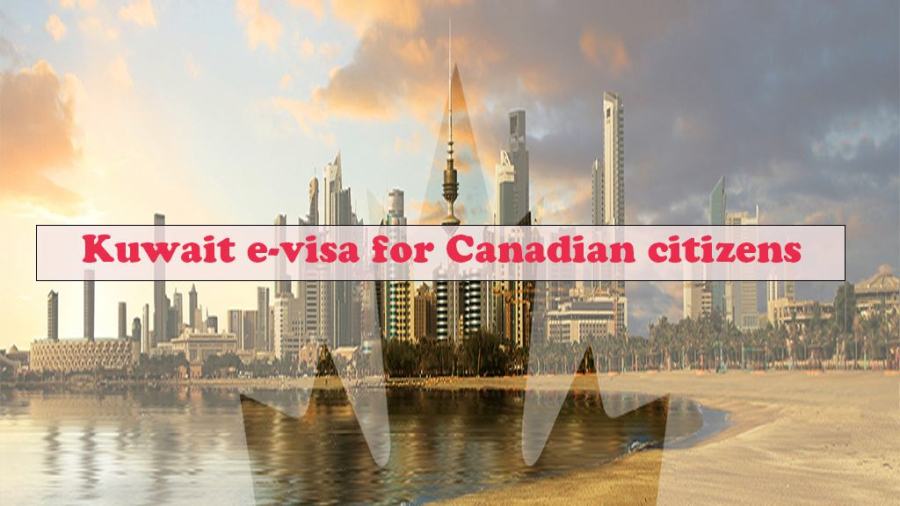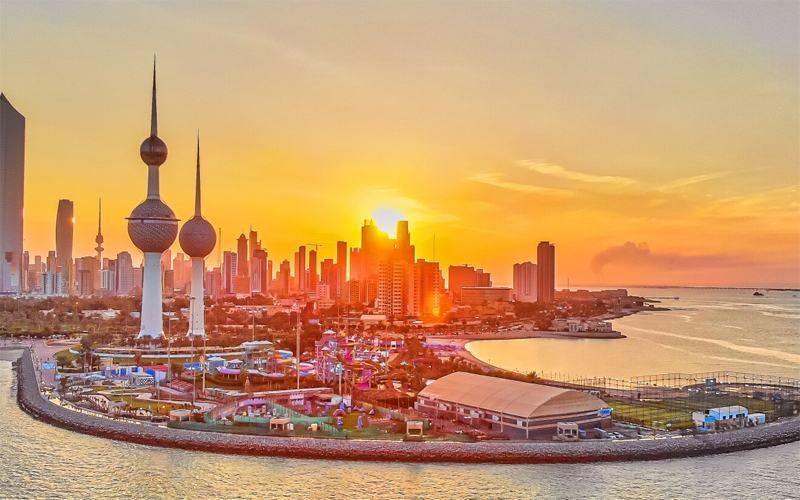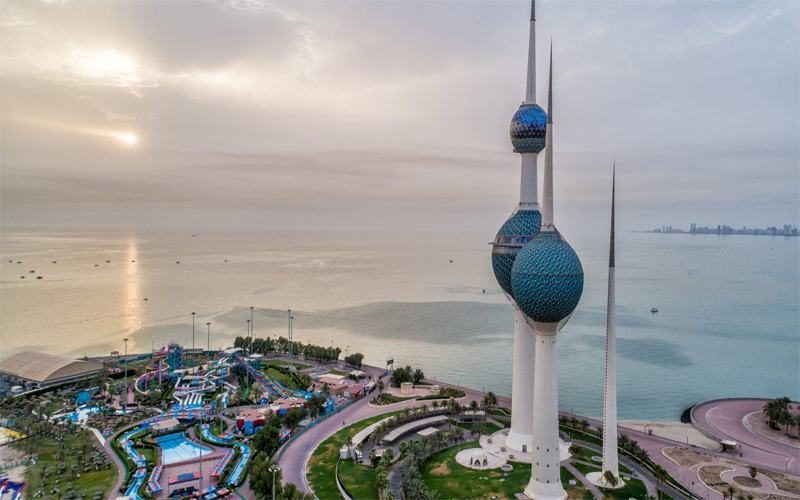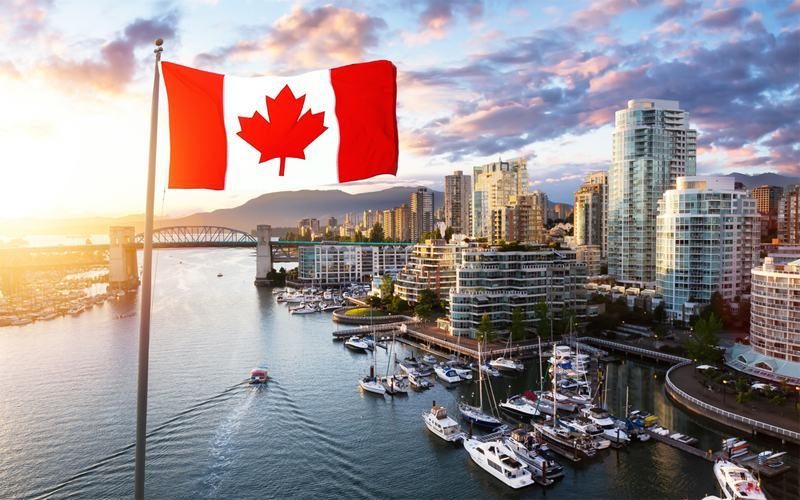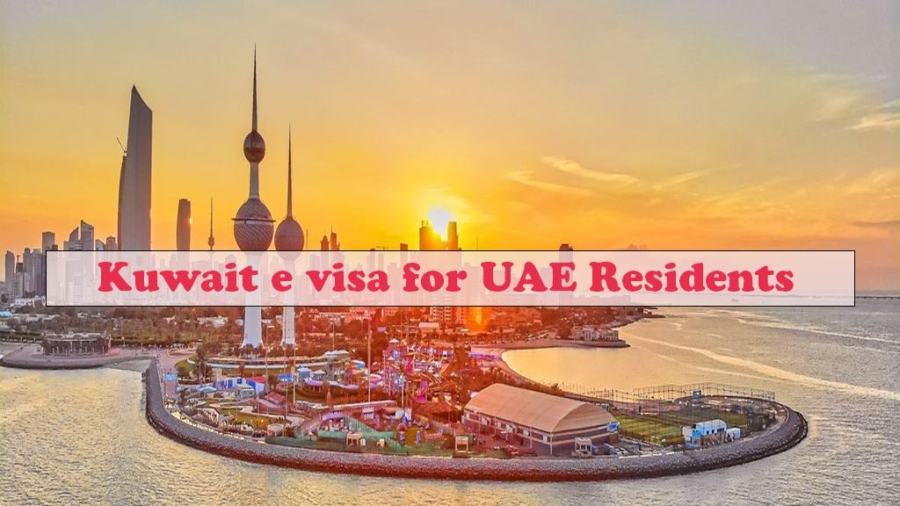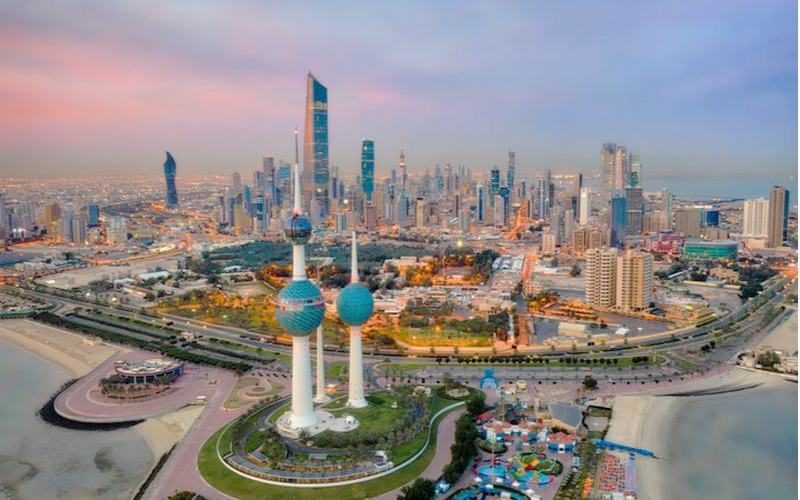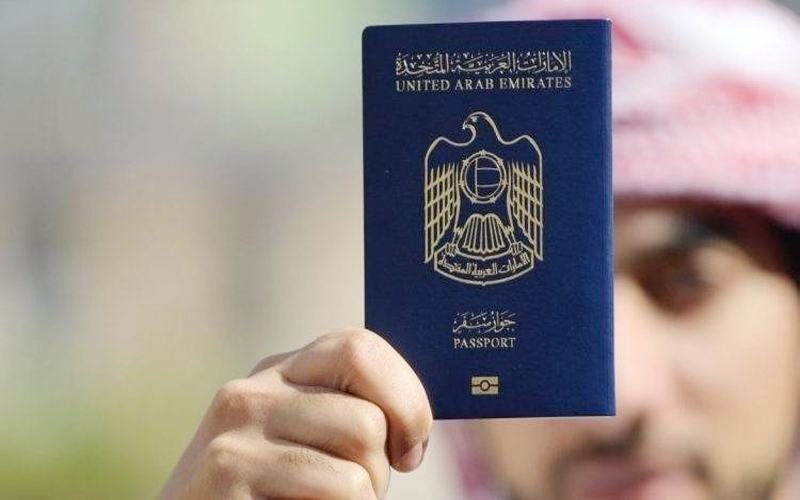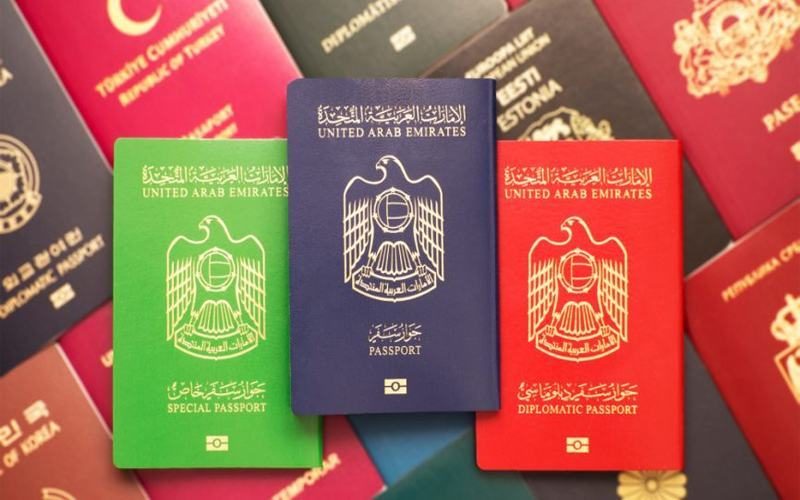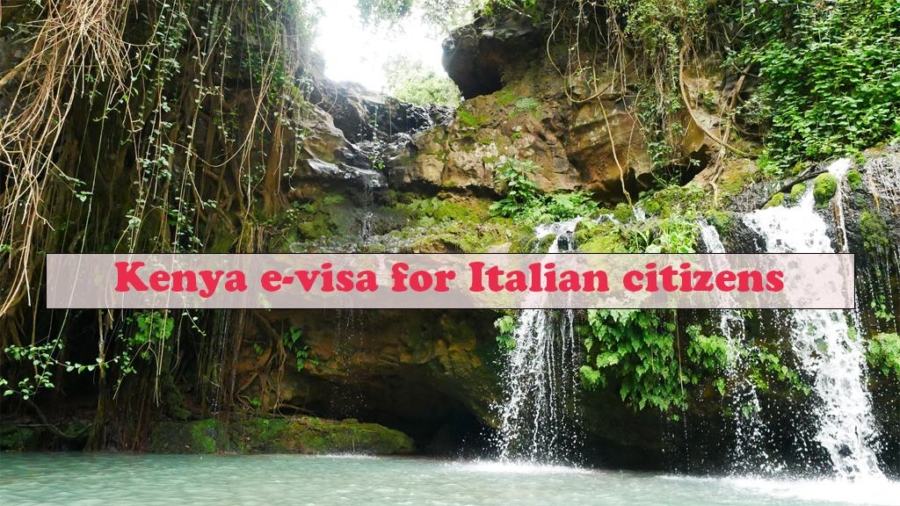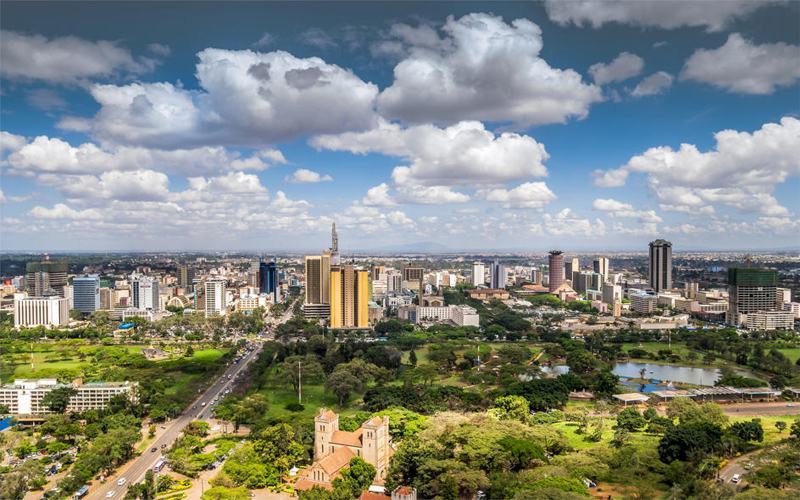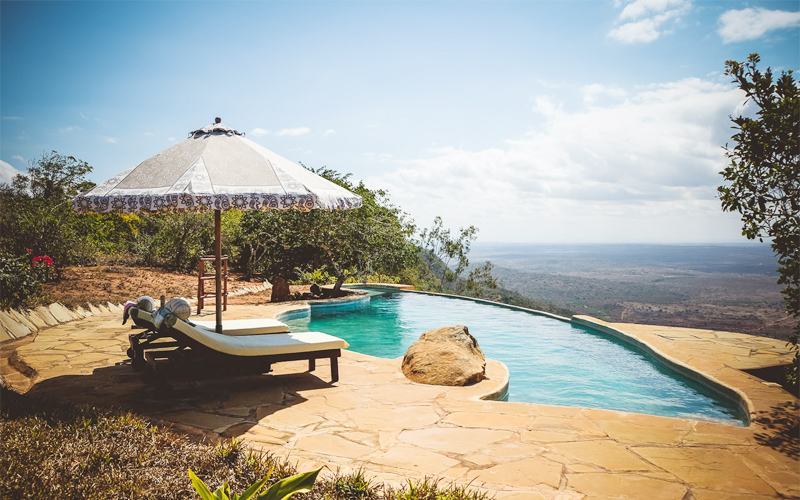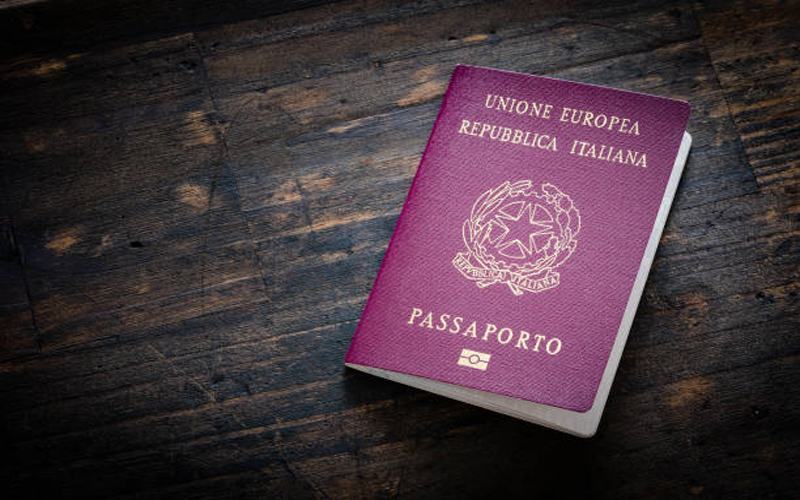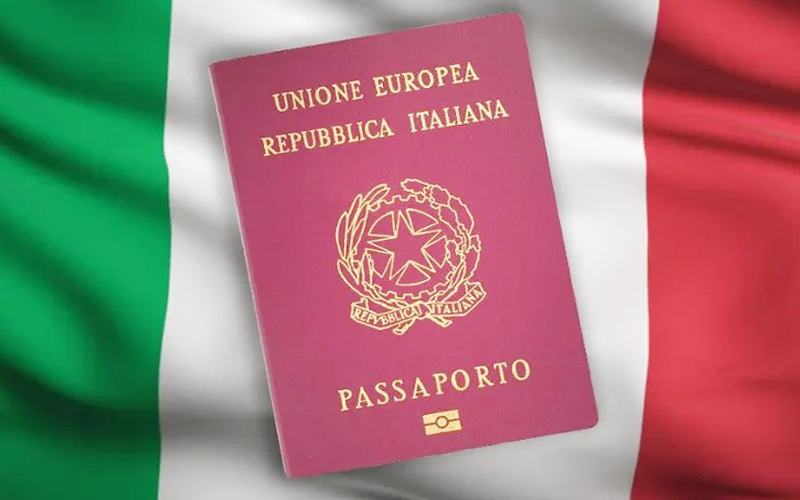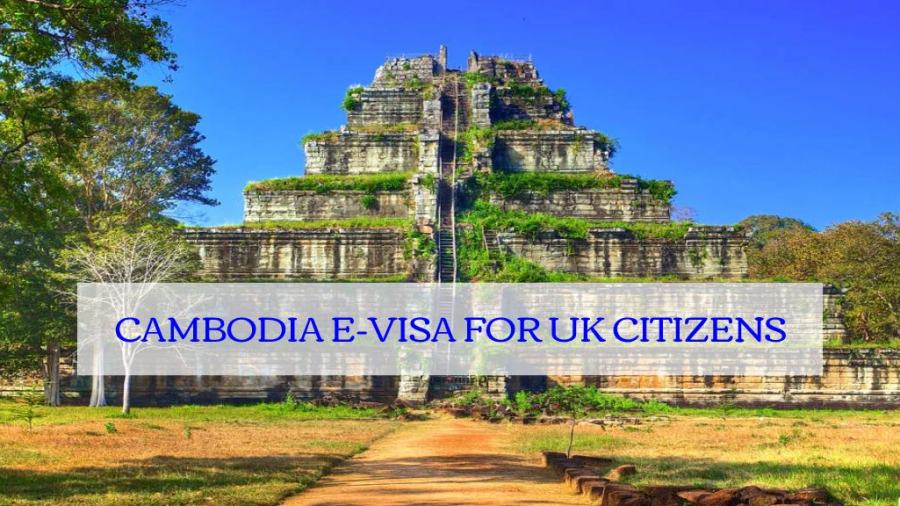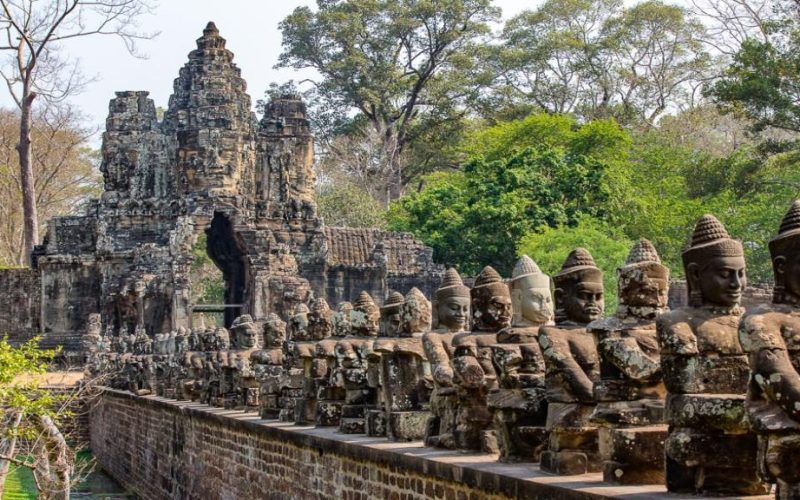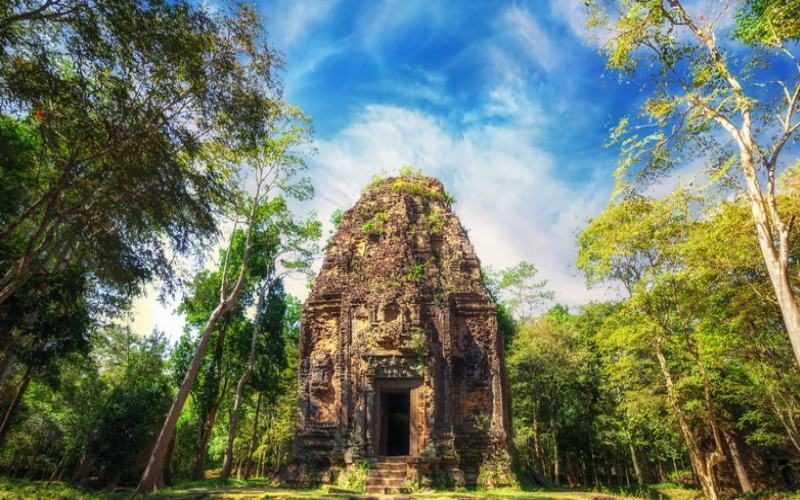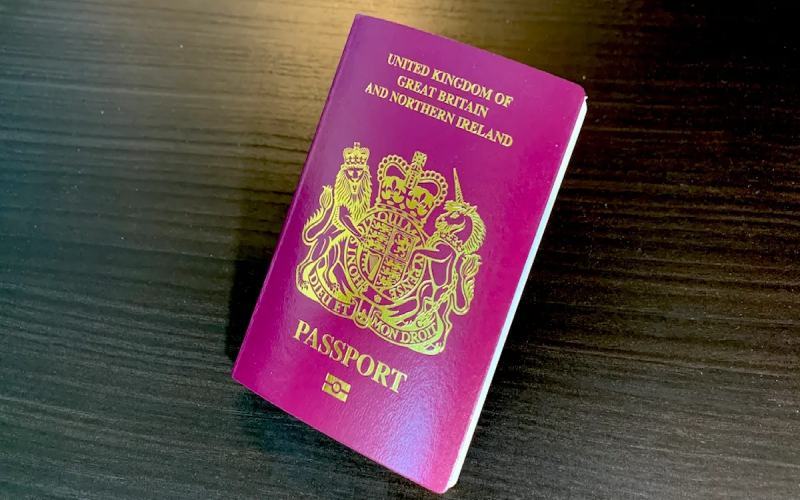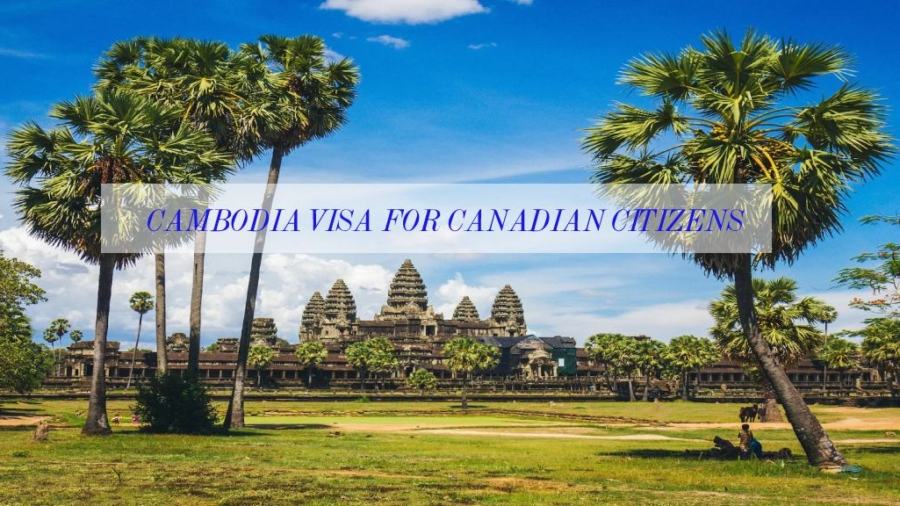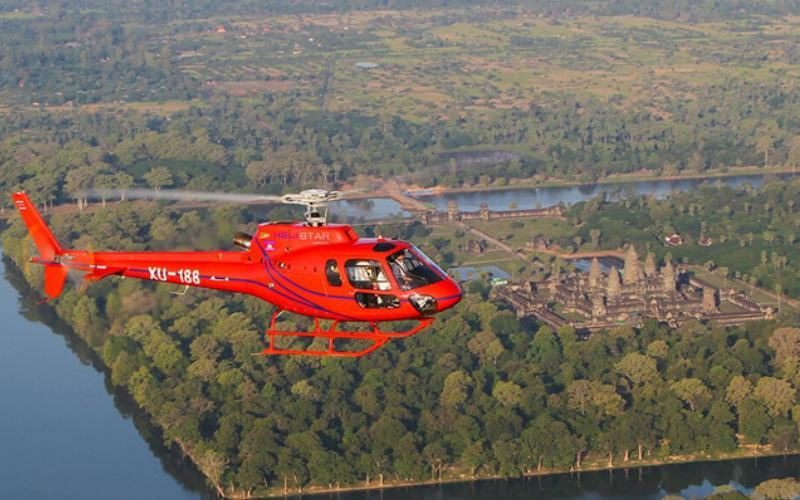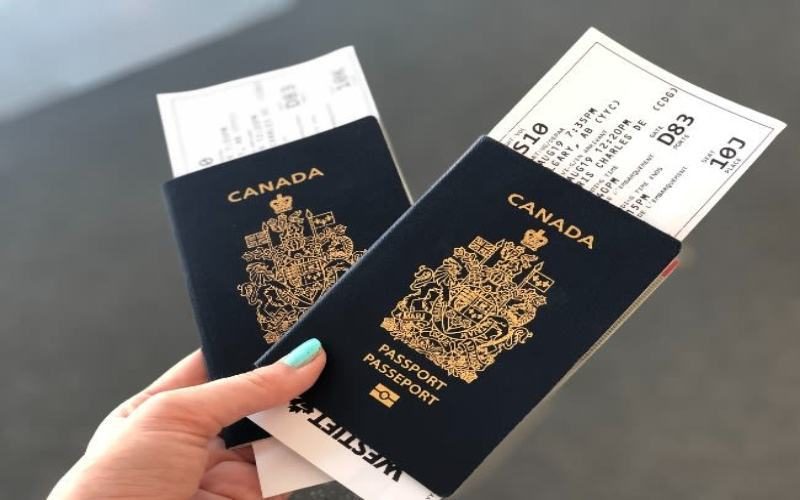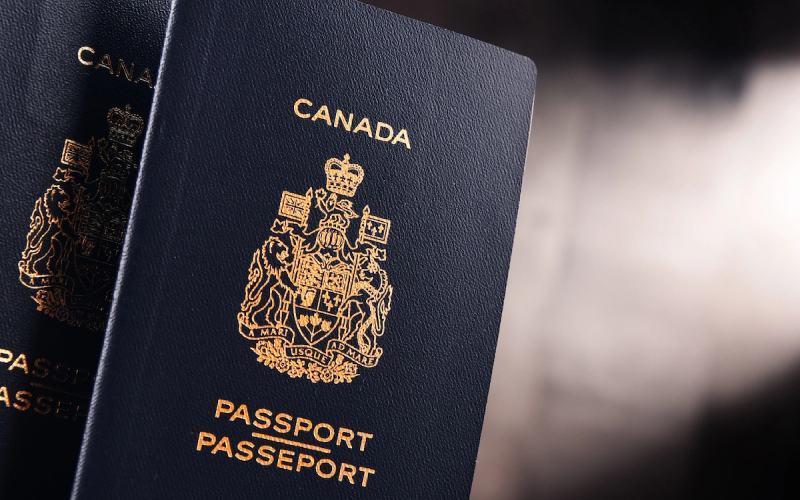What Is the Nepali Calendar?
Nepali calendar, Nepal Patra, is the Bikram Sambat calendar. It is believed that Bikram Sambat (abbreviated as B.S.) was initiated by King Vikramaditya. The current Bikram Sambat year is 2078 (2078 Nepali Calendar) and next year is 2079 Bikram Sambat in Nepali Calendar. Nepali Calendar has 12 months and the number of days in a month varies from 28 to 32.
Bikram Samwat (Bikram Sambat, Sanskrit: बिक्रमसंवत, abbreviation “B.S.”) is a calendar established by Emperor Vikramaditya of India. It is the official calendar of Nepal. In addition to the Bikram Sangwat, Nepal also uses the Gregorian, Niwari, and Nepalese Sambat calendars.
It is based on the ancient Hindu tradition of solar calendar. The Bikram Sambat calendar precedes the solar (Gregorian) calendar by 56.7 years (by counting). For example, the year 2056 begins in 1999 AD and ends in 2000 AD. The calendar begins on the first day of the Baisakh (month), which is usually the 13th or 14th of April in the Gregorian calendar.
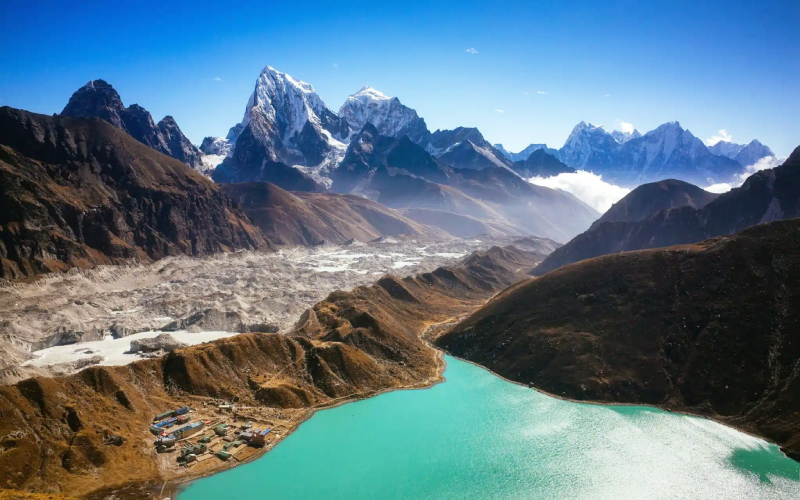
Who introduced Nepal calendar?
Every year on the first day of Bhaisakhi, we celebrate the New Year in Nepal. This is based on the Bikram Sambat (B.S.) calendar. However, there may be a lot we don’t know about the Sambat we are embracing. There are various kinds of Sambat in different parts of the world. In Nepal alone, we have several Sambat such as Nepal Sambat (started in 879 A.D. during the reign of King Raghav Dev), Yalambar Sambat (named after Yalambar, the first Kirant king), Shaka Sambat (started in 78 B.C. The name of the month is the same.) Just like the B.S. calendar, we also have the Bikram Sambat (B.S.) calendar; The month names are the same) just like B.S., the only difference is at the beginning of the month), and so on.
A.D. is the world’s most recognised Sambat based on the Gregorian calendar. However, B.S. has some special features compared to A.D.. Most notably, B.S. is 56.7 years older than A.D.. Another major difference between the two calendars is that A.D. is a sun-based Sambat, while B.S. is a sun-based Sambat. It is a sun- and moon-based Sambat, which means that A.D. measures time by reference to the Earth’s motion around the sun only, while B.S. refers to the motion and speed of the sun and moon. It sounds simple, but it is complex, and to understand this requires a strong knowledge of maths, geography and astronomy.
Bikram Sambat’s abbreviation B.S. is the widely used official calendar of Nepal (Nepal Sambat also received the status of the official calendar of Nepal in 2007 but not in wide use as Bikram Sambat is widely used). Historically, it’s used all over the Indian subcontinent. Bikram Sambat was founded by Tuar Rajput emperor Vikramaditya in 56 B.C. Thus, Bikram Sambat is 56/57 years ahead of Gregorian Calendar (Anno Domini, A.D.). In Nepal, the Rana dynasty made the Bikram Sambat the official calendar in 1901 AD, which is in 1958 B.S. That doesn’t mean that Bikram Sambat was not used in Nepal before that period. Many historical scripts found in Nepal proofs its used since far before.
Why Nepali New Year Is Different From English New Year?
The Nepali New Year, also known as “Bikram Sambat”, is a traditional Hindu calendar system based on the lunar cycle. Nepalese New Year is celebrated in April and is widely celebrated in Nepal, India and other countries in the South Asian region. The celebrations are characterised by religious ceremonies, feasting, exchange of gifts and other customs.
In contrast, the British New Year, also known as the Gregorian New Year, is celebrated annually on 1 January worldwide. The calendar is based on the Gregorian system introduced by Pope Gregory XIII in 1582. The Gregorian system is a solar calendar based on the movement of the earth around the sun.
The main reason why the Nepalese New Year is different from the British New Year is the use of a different calendar system. The Bikram Sambat calendar is based on the ancient Hindu calendar and follows the lunar cycle. In contrast, the Gregorian calendar is a solar-based calendar that is widely used worldwide.
The HT Sambat calendar is used not only in Nepal but also in other South Asian countries such as India, Bangladesh and Sri Lanka. It consists of twelve lunar months, each varying in length from 29 to 32 days. Nepalese New Year is celebrated on the first day of the first month of the Bikram Sambat calendar, which is known as “Baisakh”.
It is worth noting that there are many other regions around the world where New Year celebrations follow a different calendar system. For example, Chinese New Year follows the lunar calendar and is celebrated on a different date each year, usually between late January and mid-February. Similarly, the Jewish New Year, or Rosh Hashanah, is based on the Hebrew calendar, which is also based on the lunar calendar.
In short, Nepalese New Year and British New Year are celebrated on different dates due to different calendar systems. While Nepalese New Year is based on the lunar cycle, British New Year follows the solar-based Gregorian calendar.
Nepali Year Date and Time Today
What are the 12 months in Nepali?
There are 12 months in a Nepali calendar. incluidng Baisakh, Jestha, Asar, Shrawan, Bhadra, Asoj, Kartik, Mansir, Push, Magh, Falgun, Chaitra
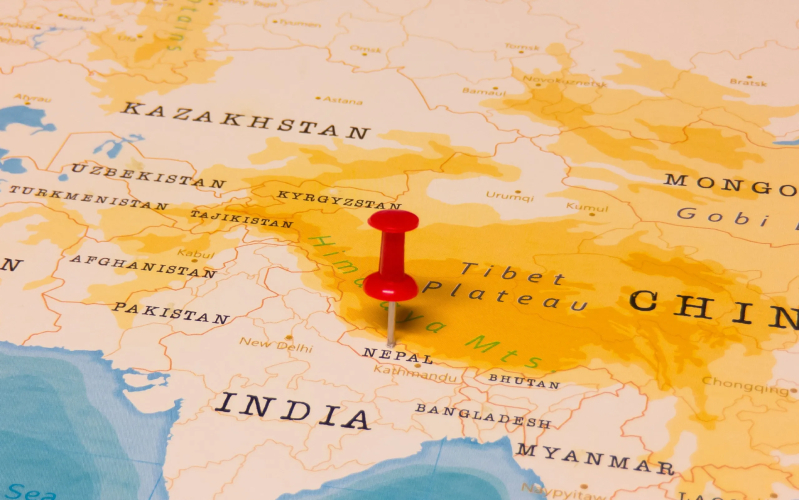
The legal and official date format for Nepal’s Bikram Sambat calendar is YYYY-MM-DD. When speaking and writing for record history, the 23rd of Chaitra, 2077 BS, for example, can be heard and written as Chaitra 23, 2077 (, ) or 2077 Chaitra 23 ( ). When utilizing the Gregorian calendar, both YYYY-MM-DD (2021-08-11) and DD/MM/YYYY (08/11/2021) forms can be utilized.
Days In A Week In Nepal?
While the DMY (July 11, 2021) format is fully Gregorian, the MDY (August 11, 2021) format is equally acceptable. YYYY-MM-DD format is required for a variety of publications. The week begins on Sunday () and concludes on Saturday ().
12-hour notation (8:01 a.m.) is extensively used in written communication and everyday life, as well as in spoken language. Only in extreme circumstances where there is considerable doubt is the 24-hour (08:01) notation utilized. Plane takeoff and landing timings are two examples. In general, the colon is used to divide seconds, minutes, and hours (for example, 14:38:15).
| S.N. | Name Of Days In Nepali | Pronunciation | English |
| 1 | आइतवार | Aaitabar | Sunday |
| 7 | सोमवार | Sombar | Monday |
| 3 | मगलवार | Mangalbar | Tuesday |
| 4 | बुधवार | Budhbar | Wednesday |
| 5 | बिहिवार | Bihibar | Thursday |
| 6 | शुक्रवार | Sukrabar | Friday |
| 7 | शनिवार | Sanibar | Saturday |
What calendar does Nepal use?
The Bikram Sambat calendar is utilized in Nepal for traditional and cultural events including festivals and religious observances. It is also used in legal and official papers, such as government paperwork and civil contracts. Despite the Bikram Sambat calendar’s use in Nepal, many individuals utilize the Gregorian calendar for personal and practical reasons, such as scheduling and travel.
The Nepali calendar is the second most popular in Nepal. Many professional astrologers utilize it. The Shakya Samvat also uses a lunar-solar calculating technique, although it might be complicated. This calendar dates back to the reign of Salivahan, an ancient ruler.
The first century of Nepal began with the Vikram period, which began in 57 BC, when King Vikramaditya of India vanquished Saka. That marked the start of the Nepali calendar Vikram Samvat.
History of Nepli calendar
The Malla kings of the Kathmandu Valley used to use the Nepalese Sambat. After the victory of the Gurkha Kingdom, the emergence of the Shah adopted the Saka era. However, Nepalese Sombat was still used officially. During the Rana period of the Kingdom of Nepal, Nepal Sombat was replaced by Bikram Sombat as the national calendar. In 1903 AD, Saka Sambat was also replaced by Bikram Sambat as the official calendar. However, the Saka Sambat was still in use until 1912 on gold and silver coins. For a long time the BS calendar was kept along with the Shaka Sambat. Later, it was completely replaced by Bikram Sambat.
Which other calendars are used in Nepal?
Apart from the Bikram Sambat (B.S), the Gregorian calendar (A.D), Newari calendar i.e. Nepal Sambat (N.S) and Saka Sambat (S.S) are also used.
Bikram Sambat:
Bikram Sambat or Vikram Samvat or Vikram Samwat (B.S or V.S) is a calendar established by Emperor Vikramaditya. It is a widely used calendar in the Indian subcontinent and is the official calendar of Nepal and Bangladesh. The Bikram Sambat calendar is believed to have been created by Emperor Vikramaditya of Ujjain after his victory over the Sakas in 56 BC. It is a lunar calendar based on ancient Hindu traditions. The Bikram Sambat calendar precedes the solar calendar by 56.7 years. The solar month in the Bikram Sambat calendar has 29 to 32 days.
For example, the calendar year 2076 begins in 2019 AD and ends in 2020 AD. In Nepal, the calendar begins in mid-April, marking the start of the solar new year. In India, the Saka calendar is officially used, but the Vikram Samvat calendar is also used in some official works, and the Bikram Samvat calendar is still used by communities and people in many parts of India.
In northern India, the calendar begins on the first day after the new moon in the month of Chaitra, usually March and April in the Gregorian calendar. In western India, the same epoch begins on the first day after the new moon in the month of Kartika, which is usually October and November in the Gregorian calendar.
Solar cycle and Lunar cycle in Nepali Calendar
The New Year in the Nepali calendar is the first day of the month of Baisakh in the solar cycle. In the Nepali calendar, the Bikram Sambat solar cycle is mainly used to mark the dates associated with public holidays and events. In the Gregorian calendar (i.e. AD), the New Year in the BS solar year will begin in mid-April.
However, the Lunar New Year occurs on the first day of Chaitra Shukla Paksha, which may happen in the month of Chaitra in the Bikram Sambat calendar and the solar cycle in the Nepali calendar. In the Nepali calendar, the Bikram Sambat lunar cycle is used to mark the dates of festivals based on religious traditions. That is why some festivals are not repeated on the same dates as the previous year because they are based on the lunar cycle. The BS lunar year begins in March or April, which is Chaitra Shukla Pratipada Day.
Lunar Months in Bikram Sambat Calendar
In Bikram Sambat, a lunar month lasts exactly 29 days, 12 hours, 44 minutes and 3 seconds. There are 12 months in a lunar year, a total of 354 days, 8 hours, 48 minutes and 36 seconds. Therefore, it does not coincide with the solar year. To align the lunar months with the solar year, a thirteenth month is added every three years, called “adhika masa”, where “adhika” means “extra” and “masa” means “month”. The month of ‘Adhika Mass’ is not considered auspicious. Other names for Adhik Maas include Purushottam Maas, Mala Maas (“Unclean Moon”) and Malimmacha.
Purushottam Maas or Adhika Mass is considered inauspicious and celebrations like weddings or (Grihaparbesh) moving into a new house are not celebrated. This month should be spent on prayer, fasting, charity and self-improvement.
The lunar days in Bikram Sambat Calendar have two Paksha, Shukla Paksha and Krishna Paksha. Paksha refers to the lunar phases of the fortnight or month in the Hindu lunar calendar, Shukla Paksha refers to the period of the bright or waxing moon, and Krishna Paksha means the waning or waning moon. In the Bikram Sambat system, lunar days are called “Tithis” and there are 30 “Tithis” in each month. These “Tithis” may vary between 20 and 27 hours. A Paksha, be it Shukla or Krishna, has 15 “Tithis” which are calculated by the movement of 12 degrees of the moon.
Shukla Paksha Krishna Paksha:
- Pratipada
- Dwitiya
- Tritiya
- Chaturthi
- Panchami
- Sasthi
- Saptami
- Ashtami
- Navami
- Dashami
- Ekadashi
- Dwadashi
- Trayodashi
- Chaturdashi
- Purnima (Ausi)
The Significance of the Nepali Calendar
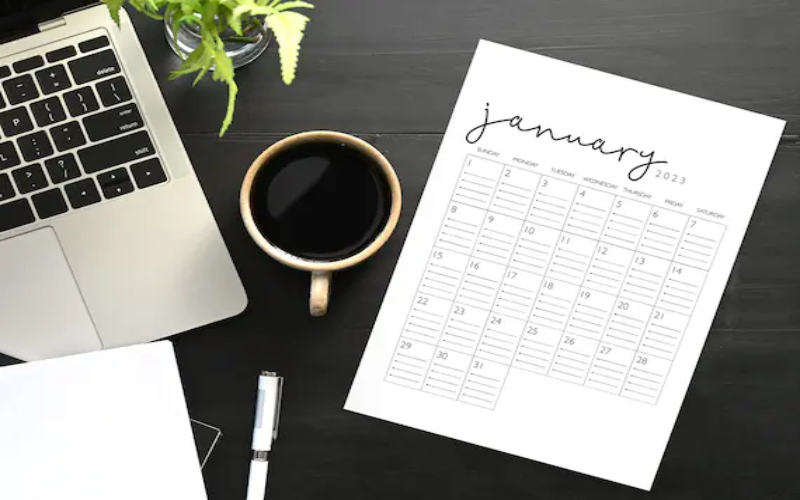
What is the year of Nepal today?
The Bikram Sambat calendar is a solar calendar that is 56.7 years ahead of the Gregorian calendar. So, the current year in the Gregorian calendar is 2023, but the current year in the Bikram Sambat calendar is 2079.
The Bikram Sambat calendar was introduced in Nepal in 1765 by King Prithvi Narayan Shah. It is based on the Hindu solar calendar, and it is used in Nepal for official and religious purposes.
The basic conversion formula – Nepali date and time:
- Nepali Date to English Date: Subtract – 56 Years – 8 Months – 17 Days
- English Date to Nepali: Add – 56 Years – 8 Months – 17 Days
Some Important Festival and Days
National national and events are celebrated in the solar cycle of the Bikram Sambat calendar, while religious festivals are celebrated in the lunar cycle, so the dates in the Nepali calendar may vary from year to year. Festivals such as Christmas and Eid are celebrated according to their religious calendar. Here is a list of some of the important festivals and national days celebrated on these dates:
- New Year – 1st of Baisakh
- Loktantra Diwas – 11th of Baisakh
- Mata Tirtha Aushi – Baisakh Krishna Paksha Aunsi
- Buddha Jayanti – Baisakh Shukla Paksha Purnima
- Republic Day – 15th of Jestha
- Naag Panchami – Shravan Shukla Paksha Panchami
- Janai Purnima – Shrawan Shukla Paksha Purnima
- Krishna Janmashtami – Bhadra Krishna Paksha Ashtami
- Teej – Bhadra Shukla Paksha Tritiya
- Dashain – Ashwin Shukla Paksha Dashami
- Chhath puja -Kartik Shukla Paksha
- Laxmi Pooja – Kartik Krishna Paksha Trayodashi
- Tamu Losar – 15th of Poush
- Tol Losar – Poush Shukla Paksha Pratipada
- Maghesankrati – 1st of Magh
- Sonam Losar – Magh Shukla Paksha Pratipada
- Ram Navami – Chaitra Shukla Paksha Navami
Nepali calendar includes all the public holidays, bank holidays, national days, cultural and religious festivals of different ethnic people of Nepal and is also helpful for people who live outside of Nepal.
The significance of Nepali Calendar is due to the unique perspective of Nepalese people who celebrates their own national days and events according to the Nepali dates rather than the Gregorian Calendar system.
In the Nepali new year, various rituals are conducted in different parts of Nepal and yearly annual carnivals like Bisket Jatra, Sindoor Jatra and Bode Jatra are carried out to welcome the New Year in traditional style. Nowadays, New Year’s Eve events and parties are also organized by hotels, restaurants, and clubs for party lovers to celebrate the new year in western style.
Traditionally, Nepalese people wear new clothes, prepare delicious foods and celebrate different Jatras across the different parts of the country in the New Year of Nepal, that is the First day of Baisakh.
For exact dates of Dashain, Tihar, Chhath, Holi, Losar, Eid, Guru Nanak Jayanti, Christmas and all other festivals of Nepalese people and national day celebration, here we have brought you the official calendar of Nepal for every year’s events and festivals.
Conclusion
The Nepali calendar is a distinct and intriguing timekeeping system that differs from the Gregorian calendar by 57 years in history. The cultural legacy of Nepali Calander is extensive. It is an essential aspect of Nepalese culture. Understanding the Nepali calendar may bring a greater awareness of Nepalese culture and history, even if it appears perplexing or difficult to those unfamiliar with its subtleties.

